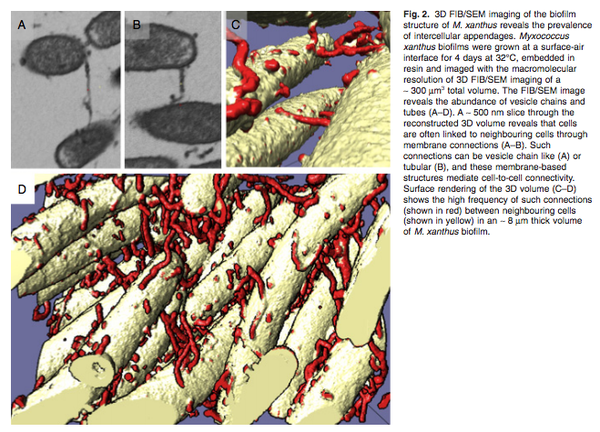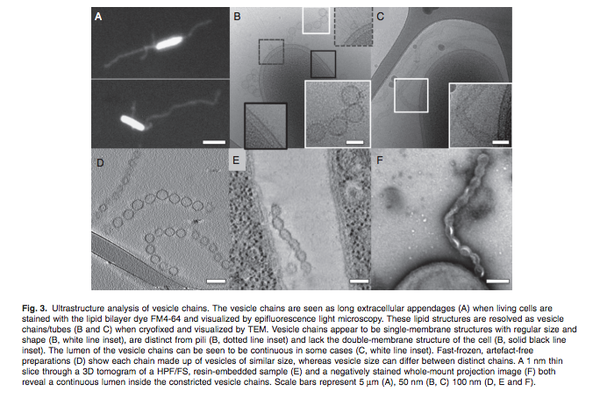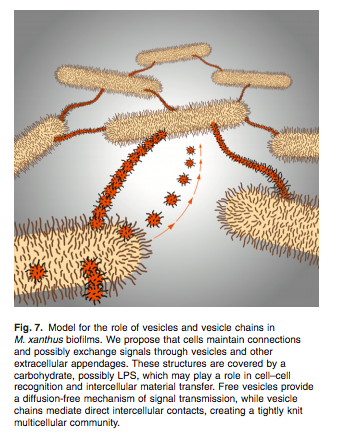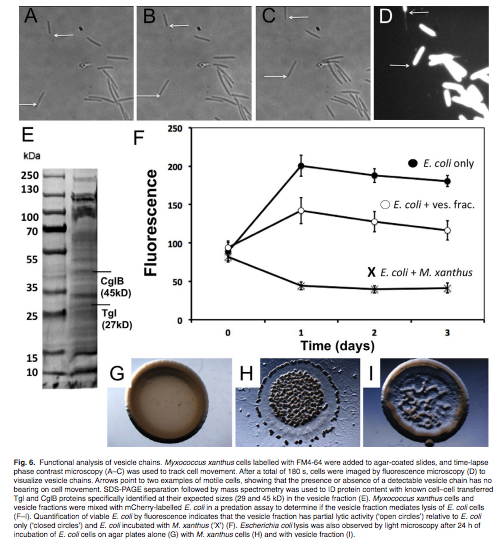The sociality of Myxococcus xanthus: Evidence of social group formation and interactive intelligence
Introduction
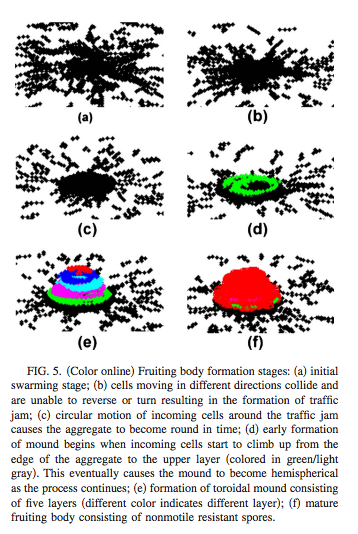
By Damaris Garduno
Other examples:
Bold
Italic
Subscript: H2O
Superscript: Fe3+
References:
Jonathan P. Remis, Dongguang Wei, Amita Gorur, Marcin Zemla, Jessica Haraga, Simon Allen, et al. (2013). Bacterial social networks: Structure and composition of myxococcus xanthus outer membrane vesicle chains. Environmental Microbiology, 16(2), 598-610.
Hendrata, M., & Birnir, B. (2010). Dynamic-energy-budget-driven fruiting-body formation in myxobacteria. Physical Review. E, Statistical, Nonlinear, and Soft Matter Physics,81(6 Pt 1), 061902.
Wei, X., Bucuvalas, Pathak, D. T., A., Haft, D. H., Gerloff, D. L., & Wall, D. (2012). Cell Contact-Dependent outer membrane exchange in myxobacteria: Genetic determinants and mechanism. PLoS Genetics, 8(4), e1002626.
Pathak, D. T., Wei, X., & Wall, D. (2012). Myxobacterial tools for social interactions. Research in Microbiology, 163, 591.

